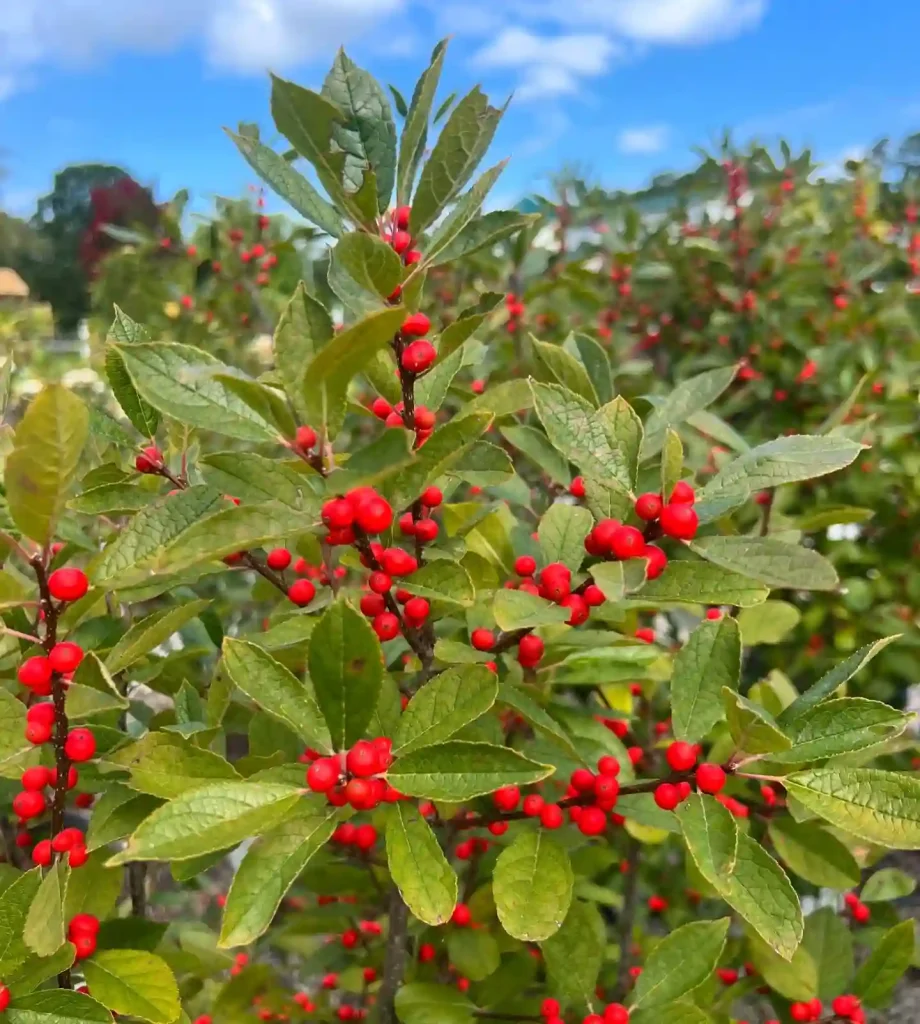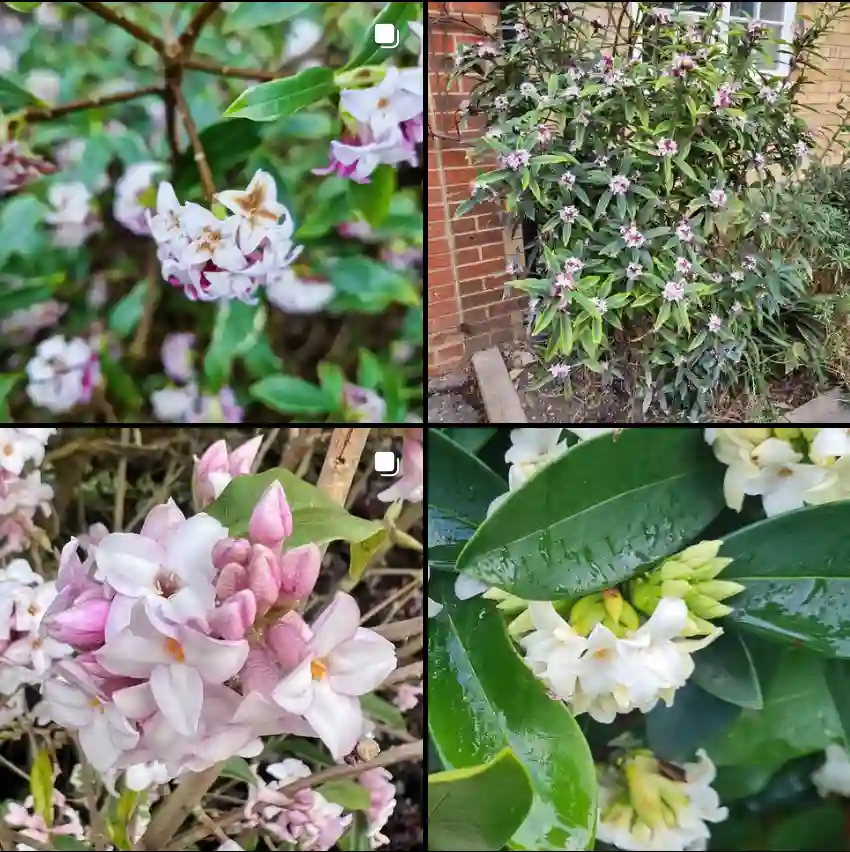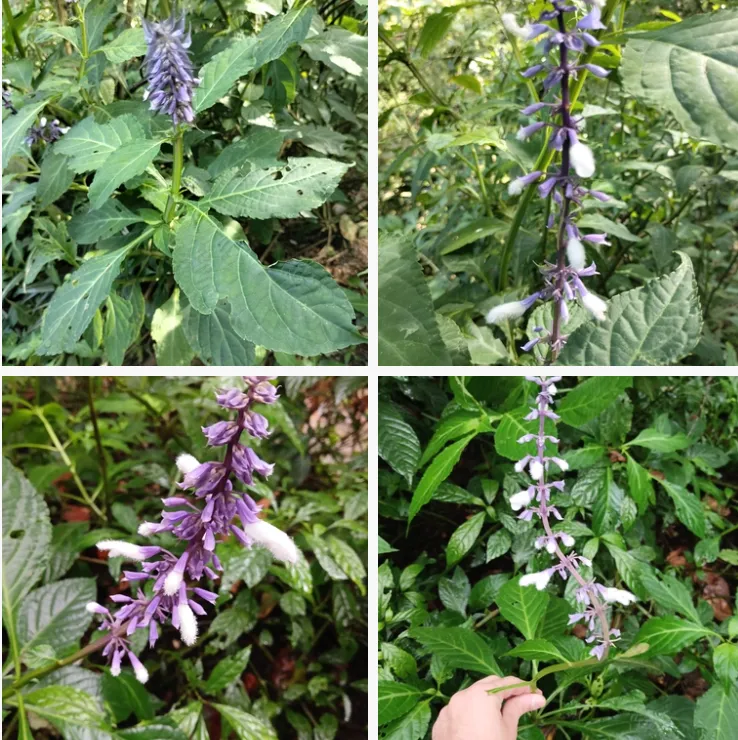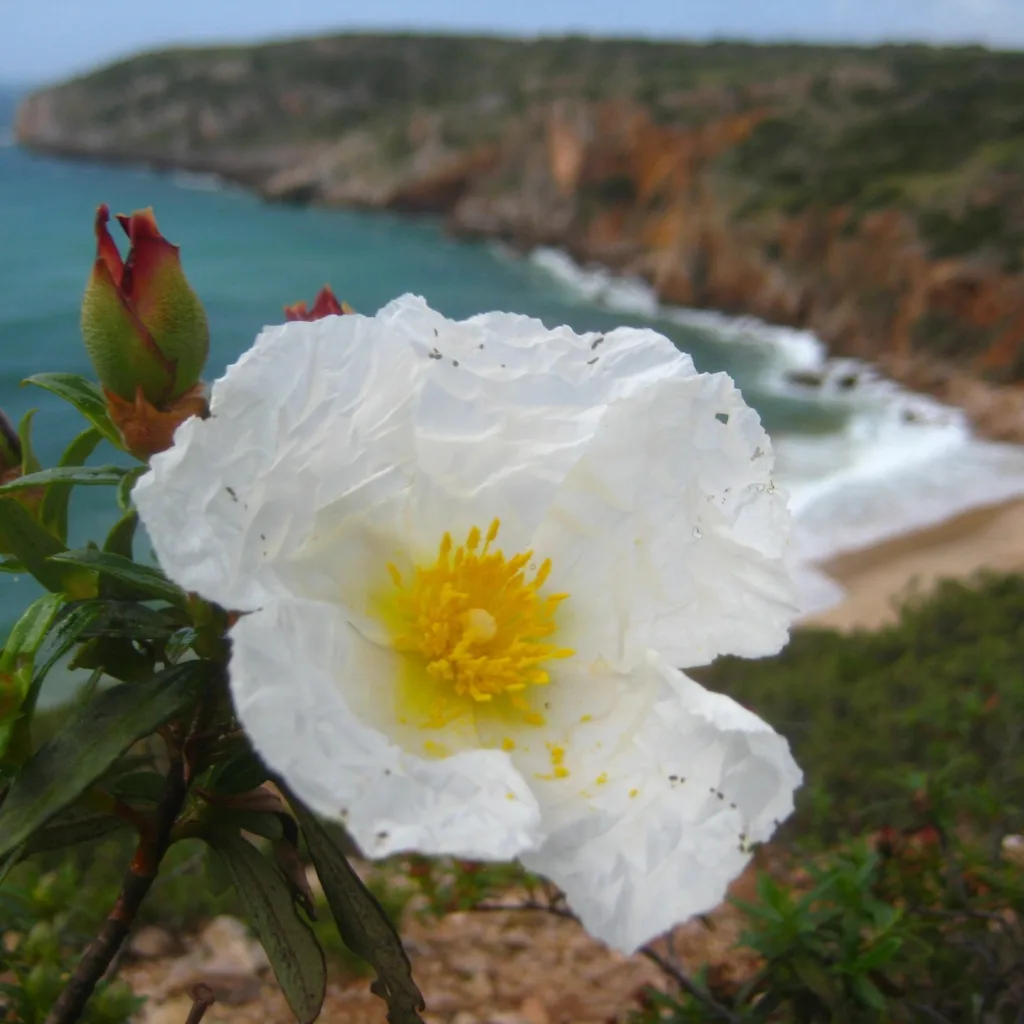Exploring the Unique Family Physenaceae: The Genus Physena
In my journey of exploring different plant families and genera, I recently came across a fascinating yet lesser-known family called Physenaceae. This family includes a single genus, Physena, and is native to Madagascar. Learning about Physenaceae has been intriguing, as this family is unique in its morphology, adaptation, and ecological significance. Let’s delve deeper into Physenaceae and its sole genus Physena to understand its importance and distinctive characteristics.
Understanding the Family Physenaceae
The family Physenaceae is small but significant, belonging to the order Caryophyllales. Unlike larger plant families, Physenaceae is an oddity, mainly found in the unique environment of Madagascar. When I first discovered this family, I was struck by its limited distribution and distinct evolutionary traits, likely shaped by Madagascar’s isolated ecosystem. Madagascar is well-known for its unusual biodiversity, with many plants and animals found nowhere else on earth, and Physenaceae is a testament to the island’s unique environment.
In terms of morphology, plants in the Physenaceae family are woody shrubs or small trees. They have simple, leathery leaves, which, I imagine, are probably an adaptation to the varying climatic conditions in Madagascar, where water conservation can be crucial. These plants also feature small, inconspicuous flowers that don’t immediately catch the eye but serve essential reproductive functions within their environment.
Physenaceae is interesting from a botanical perspective because it doesn’t fit neatly into broader, well-known plant families. Instead, it holds a unique place in plant classification. The physiological adaptations it exhibits are specialized and make Physenaceae a compelling family to study for those interested in plant evolution, biogeography, and survival strategies in isolated ecosystems.
Delving Into the Genus Physena
The genus Physena is the only genus within Physenaceae, comprising two recognized species: Physena madagascariensis and Physena sessiliflora. Both of these species are endemic to Madagascar, reinforcing the island’s status as a botanical hotspot. The Physena genus has characteristics that make it stand out even among other unique Malagasy plants.
Physena madagascariensis
The species Physena madagascariensis is, in my view, one of the more captivating examples of evolutionary adaptation. It is a woody plant that can grow in various habitats within Madagascar, though it often favors semi-dry areas. The leaves are leathery and elongated, likely a natural feature for water conservation. While Physena madagascariensis may look relatively simple on the surface, it plays an essential role within its ecosystem, providing shelter and food sources for local fauna. The fruit it bears is small, yet it offers nutrients to the surrounding wildlife, maintaining the delicate balance within Madagascar’s ecosystems.
Physena sessiliflora
Physena sessiliflora, the second species in this genus, shares many features with Physena madagascariensis but is differentiated by its unique flowering structure. Its flowers are sessile, meaning they sit directly on the stem without a stalk, which is an unusual trait and one that offers a fascinating glimpse into its reproductive strategies. This species has been observed in drier habitats, adapting well to the sometimes harsh climatic conditions. I’m particularly drawn to how this plant has developed adaptations to survive and thrive with limited water, a true testament to nature’s resilience.
Ecological and Botanical Significance
Though Physenaceae may not be widely recognized, its ecological significance should not be overlooked. Plants in this family have evolved to thrive in specific niches within Madagascar’s ecosystem, making them an essential component of the local biodiversity. The existence of Physenaceae underscores the concept of endemism, where species evolve unique traits due to geographical isolation and environmental pressures.
For botanists and conservationists, Physenaceae offers a valuable case study in how plants adapt morphologically and physiologically to survive in limited, sometimes extreme, conditions. This family’s adaptations may hold clues to the evolutionary history of other Malagasy flora, potentially shedding light on how Madagascar’s flora developed its highly specialized biodiversity.
Conservation Concerns
Given that Physenaceae is restricted to Madagascar, it faces threats from habitat loss due to deforestation and other human activities on the island. The unique biodiversity of Madagascar has made it a target for conservation efforts, but limited resources mean that many plants, including Physenaceae, may be at risk of decline or extinction. Personally, I find it crucial to advocate for the conservation of such rare and specialized families to preserve not only their ecological roles but also the evolutionary knowledge they embody.
Physenaceae’s small size and limited range mean it may not draw the same attention as larger, more widespread plant families, but its vulnerability makes it equally, if not more, deserving of conservation attention. Protecting these plants helps safeguard the biodiversity of Madagascar, ensuring that we do not lose the valuable ecological roles they play.
Final Thoughts on Physenaceae and Physena
The journey into understanding Physenaceae has been an enlightening experience for me. This small family and its genus Physena have left me with a greater appreciation for the diversity of life on Madagascar and the unique adaptations plants can evolve to fit highly specific environments. From its morphological traits to its role within Madagascar’s ecosystem, Physenaceae illustrates the beauty and complexity of nature’s design.
Exploring rare plant families like Physenaceae is a reminder of the importance of biodiversity and the need for conservation. Each plant family, no matter how small or obscure, holds within it a piece of evolutionary history and ecological significance. In Physenaceae, I see not just a unique plant family but a symbol of Madagascar’s remarkable natural heritage.
If i die, water my plants!



